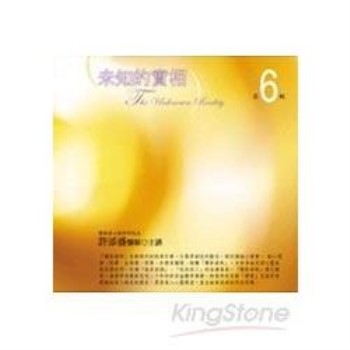Making extensive use of information gained from in-depth interviews with architects active in the period between 1928-1953, the author provides a sympathetic understanding of the Modern Movement's architectural role in reshaping the fabric and structure of British metropolitan cities in the post-war period and traces the links between the experience of British modernists and the wider international modern movement.
| FindBook |
有 1 項符合
The Experience of Modernism: Modern Architects and Future City 1928-1953的圖書 |
 |
The Experience of Modernism: Modern Architects and Future City 1928-1953 作者:Gold 出版社:Routledge 出版日期:1997-11-27 語言:英文 規格:平裝 / 278頁 / 22.1 x 17.3 x 1.8 cm / 普通級 |
| 圖書館借閱 |
| 國家圖書館 | 全國圖書書目資訊網 | 國立公共資訊圖書館 | 電子書服務平台 | MetaCat 跨館整合查詢 |
| 臺北市立圖書館 | 新北市立圖書館 | 基隆市公共圖書館 | 桃園市立圖書館 | 新竹縣公共圖書館 |
| 苗栗縣立圖書館 | 臺中市立圖書館 | 彰化縣公共圖書館 | 南投縣文化局 | 雲林縣公共圖書館 |
| 嘉義縣圖書館 | 臺南市立圖書館 | 高雄市立圖書館 | 屏東縣公共圖書館 | 宜蘭縣公共圖書館 |
| 花蓮縣文化局 | 臺東縣文化處 |
|
|
圖書介紹 - 資料來源:博客來 評分:
圖書名稱:The Experience of Modernism: Modern Architects and Future City 1928-1953
|










